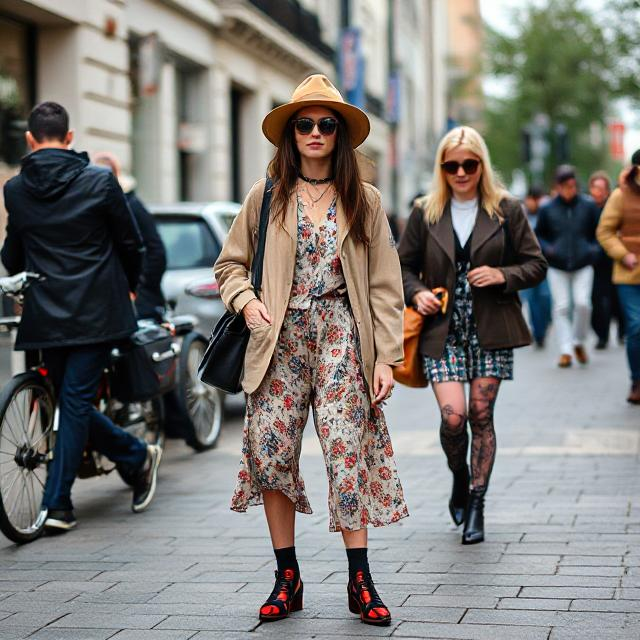Your basket is currently empty!

Ever wonder how a designer brand’s logo ends up on perfumes, sunglasses, or hotel towels? That’s fashion licensing — a multi-billion-dollar business that often flies under the radar, but plays a massive role in luxury brand expansion.
1. What Is Licensing?
Licensing is when a brand (like Prada or Balmain) allows another company to manufacture and sell products under its name — usually in a specific category. The licensee pays a fee or royalty, and in return, gains access to the brand’s image, logo, and reputation.
2. Why Brands Do It
It’s a way to scale without sacrificing core focus. A fashion house might not want to develop its own sunglasses line — so it licenses the brand to a specialist like Luxottica. The result? Global reach, product diversification, and huge profit margins — with minimal risk.
3. Key Licensing Categories
- Fragrances (e.g. Chanel No.5 or Dior Sauvage)
- Eyewear (Armani, Prada, Tom Ford)
- Watches & Jewelry
- Home goods and hotels (like Versace Home or Armani Hotels)
4. The Risks
Over-licensing can cheapen the brand. If consumers see the logo on everything, it can lose its exclusivity. That’s why some luxury brands (like Burberry in the past) have pulled back licenses to regain control of image.
Licensing is where fashion becomes business strategy — and where logos become global lifestyle empires.
Leave a Reply